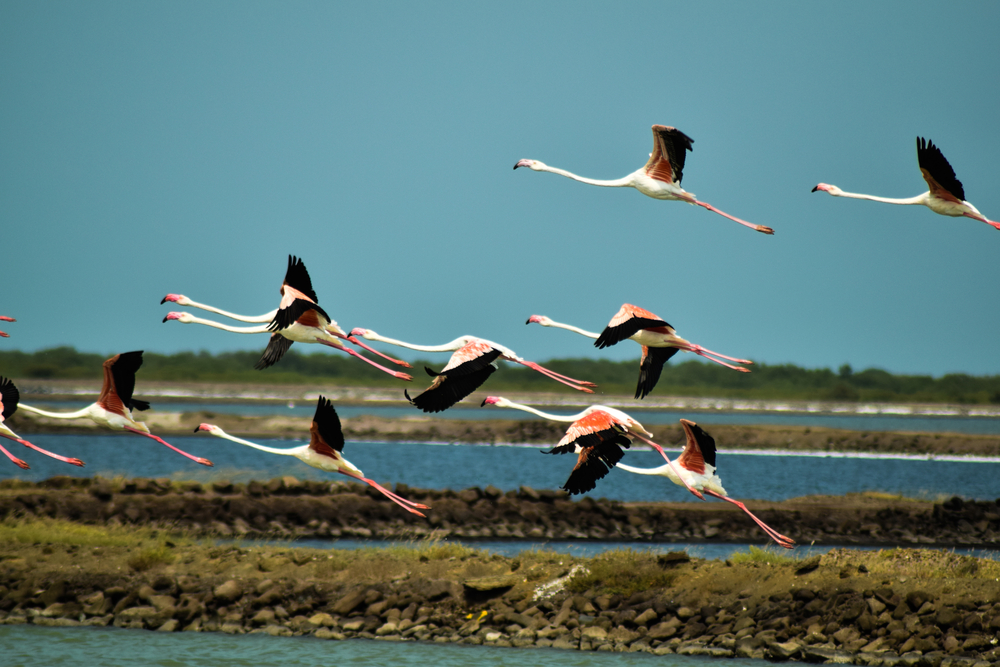Marine Overview
Marine National Park, also known as Gulf of Kachchh Marine National Park, is located in the state of Gujarat, India, along the Arabian Sea. Established in 1982, it is India’s first marine national park, encompassing a total area of approximately 58 square miles (150 square kilometers). This park is situated in the Gulf of Kutch, near the Jamnagar district, and features a vibrant and ecologically rich marine environment that attracts visitors and researchers from around the world. Its location along the western coast of India makes it a vital component of the region’s biodiversity.
The park’s terrain is predominantly coastal, with a unique ecosystem comprising intertidal zones, coral reefs, mudflats, mangrove forests, sandy beaches, and seagrass beds. It is dotted with 42 islands, each offering a unique ecological microhabitat. The most prominent of these islands include Pirotan, Narara, and Khijadiya, which are famous for their thriving coral reefs and marine biodiversity. The vibrant coral formations are home to an array of marine species and form an essential part of the park’s ecosystem. Mangrove forests, consisting of species like Avicennia and Rhizophora, line the park’s shores, offering critical habitat for numerous aquatic and terrestrial species.
Wildlife in Marine National Park is as diverse as its terrain. Visitors can expect to see a variety of marine life, including sea turtles such as the green sea turtle and the olive ridley turtle, as well as a range of fish, crustaceans, and mollusks. The park is also home to dolphins, including the Indo-Pacific humpback dolphin and finless porpoises, which can often be spotted in the open waters. On land, the mangrove areas serve as a haven for several bird species, including flamingos, pelicans, herons, and sandpipers. The park also hosts rare and endangered species like dugongs, which are shy marine mammals and a critical indicator of the health of seagrass ecosystems.
Marine National Park’s key attractions include snorkeling and glass-bottom boat rides, which offer a close-up view of the underwater world. Visitors often explore the rich coral reefs, tidal pools, and mudflats during low tide to witness the marine life up close. Popular activities include birdwatching in the mangroves, exploring the coral reefs, and guided educational tours highlighting the significance of marine conservation.
Conservation challenges in the park include threats from industrial pollution, oil spills, overfishing, and climate change. However, significant efforts have been made to mitigate these impacts through strict regulations and community-based initiatives. The park’s management has successfully implemented programs for coral restoration and mangrove afforestation, which have contributed to the revival of degraded ecosystems. Awareness campaigns and collaborations with local communities have also been pivotal in promoting sustainable tourism and marine conservation.










































































